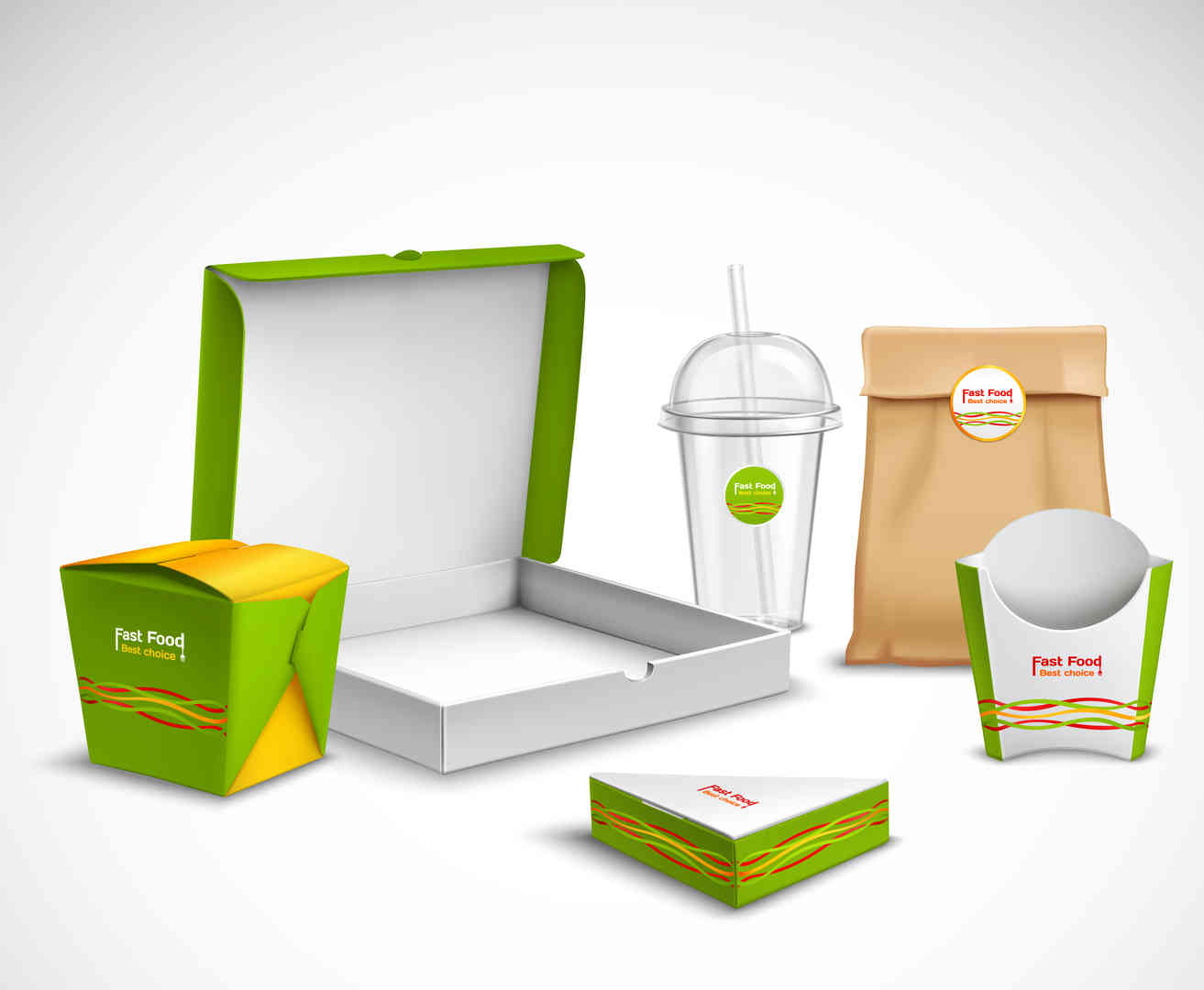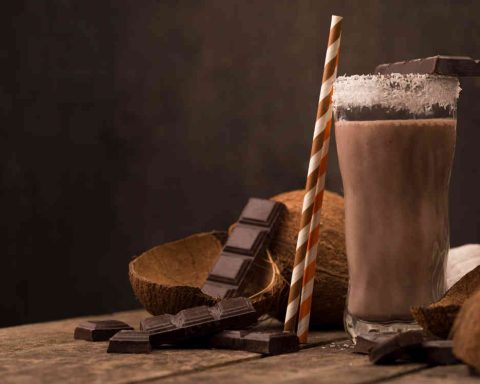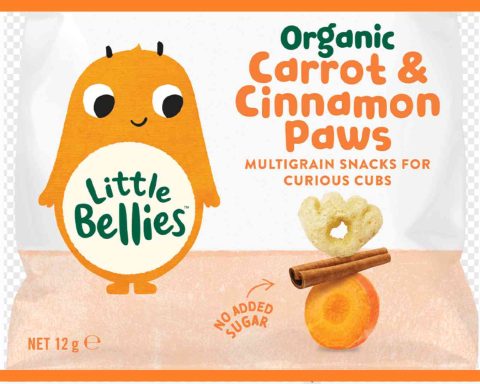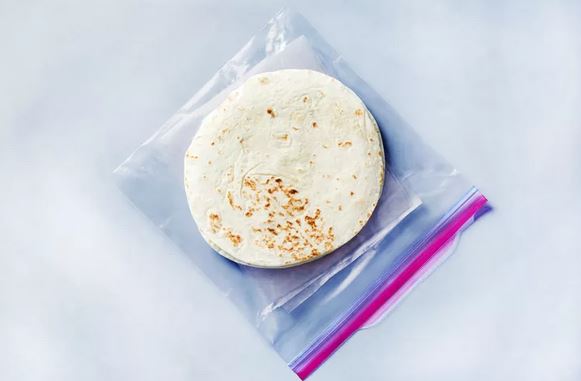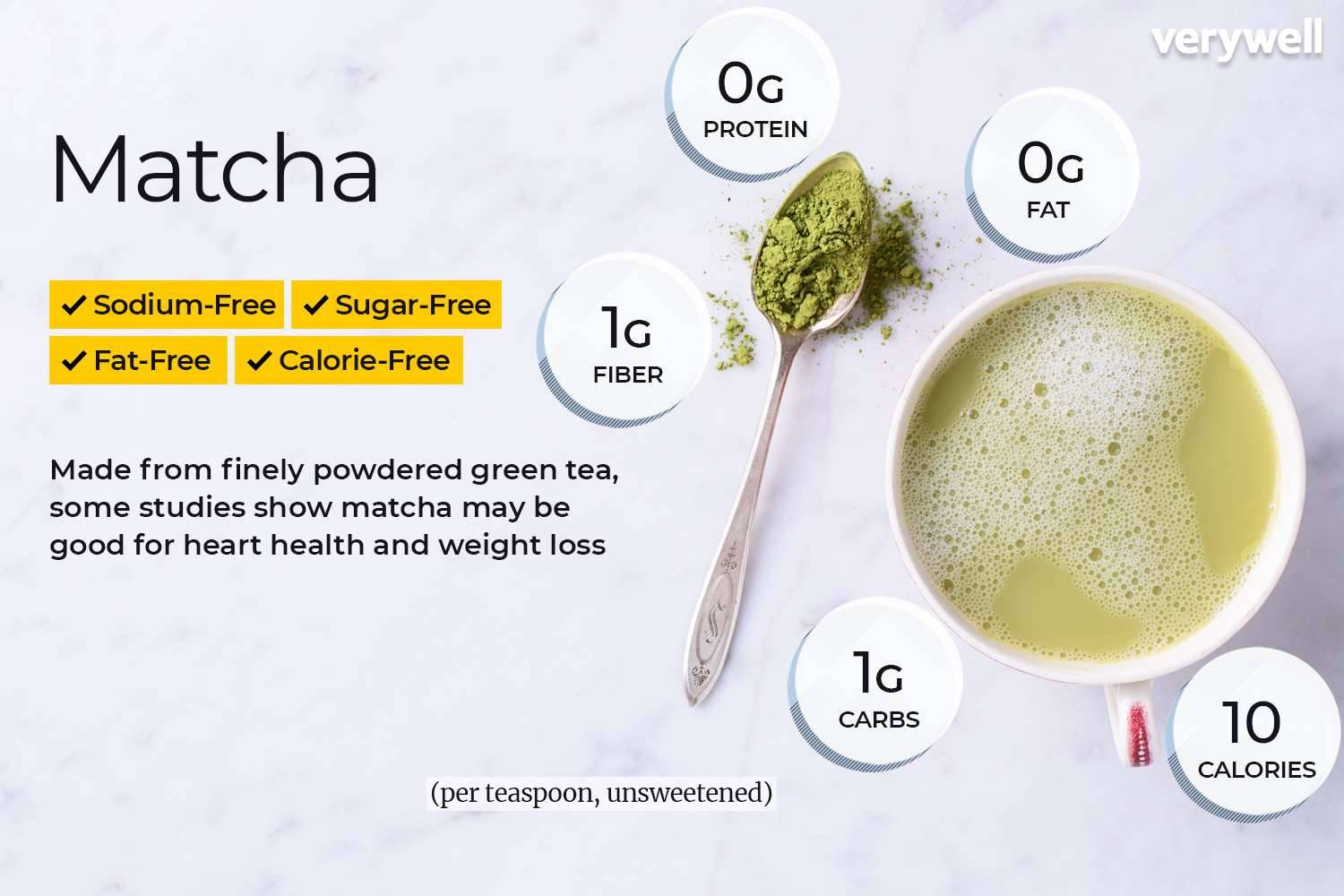As the global population continues to grow and environmental concerns mount, the food and beverage industry is under increasing pressure to evolve its packaging strategies. Sustainability has shifted from a niche interest to a major driving force in packaging innovation. In this article, we explore the cutting-edge trends set to redefine food and beverage packaging, focusing on sustainability, efficiency, and consumer satisfaction.
Biodegradable Materials
One of the most promising areas of innovation in sustainable packaging is the development of biodegradable materials. Companies are turning to sources that not only decompose but do so without leaving harmful residues. Examples include:
- Polylactic Acid (PLA): Derived from fermented plant starch (usually corn), PLA is a popular bioplastic that resembles traditional plastic but offers the advantage of biodegradability under industrial composting conditions.
- Mushroom Packaging: Using mycelium, the root structure of mushrooms, this type of packaging is grown to fit around items, providing excellent cushioning and decomposing in just a few weeks.
- Seaweed Plastics: These are transparent and edible films made from seaweed that can serve as an ideal replacement for single-use plastic wrappers.
Edible Packaging
The idea of edible packaging isn’t just a novelty; it’s a practical solution to single-use item waste. Edible packaging materials are made from natural food particles like proteins, lipids, and carbohydrates. They are designed to be eaten with the product or composted, adding no waste to landfills. For instance, an edible water bottle made from seaweed-based material has been developed to hold liquids without leaking, and it can be eaten or will naturally biodegrade.
Smart Packaging
Technology integration is elevating the functionality of packaging. Smart packaging enhances the consumer experience and optimizes the supply chain by including features such as:
- QR codes: These can be scanned to reveal a product’s origin, travel history, and disposal instructions.
- Temperature Indicators: These can alert consumers if a product has been stored outside of a safe temperature range, ensuring food safety.
- NFC (Near Field Communication) Tags: When scanned with a smartphone, these tags can provide dynamic, updated product information including freshness and nutritional data.
Upcycling Waste Materials
Another sustainable trend is the use of upcycled waste materials in packaging. This process involves converting by-product waste into new materials, which can help reduce environmental impact significantly. For example, agricultural waste like sugarcane bagasse and coconut husks are being transformed into durable packaging solutions.
Minimalism in Packaging Design
Simplifying packaging design and materials not only reduces the amount of waste generated but also minimizes the environmental impact associated with production and recycling processes. This minimalist approach is increasingly favored by consumers who prefer sustainability and lower material use, reflecting a brand’s commitment to environmental stewardship.
Reusable Packaging Systems
The shift towards reusable packaging systems is gaining momentum. These systems encourage consumers to return packaging to be cleaned and refilled, rather than disposed of after a single use. Major brands are exploring these models, particularly for beverages and household products, to cut down on plastic pollution.
Importance of Package Integrity
In all these innovations, the integrity of packaging remains crucial. Package seal detectors are vital in ensuring that the advances in sustainable materials do not compromise the protective qualities of packaging. These detectors check for leaks and faults in the sealing of packages, an essential step in preserving the freshness, safety, and shelf life of food products. Effective seal integrity helps maintain consumer trust and reduces the risk of food waste due to spoilage or contamination.
Regulatory Influence
Government regulations are also shaping the future of packaging by setting higher standards for sustainability. These regulations are pushing companies to adopt greener practices and develop new technologies that meet stricter environmental criteria.
Consumer Education and Engagement
The success of these sustainable packaging innovations largely depends on consumer acceptance and participation. Educating consumers about the benefits of sustainable packaging and how to properly dispose of or reuse materials is critical. Brands that effectively communicate their sustainability efforts can foster deeper connections with their customers, who are increasingly making purchases based on environmental impact.
In conclusion, the future of food and beverage packaging is being shaped by a commitment to sustainability. As we advance, the industry must continue to innovate by developing materials and systems that reduce environmental impacts while maintaining product integrity and enhancing consumer experience. The use of biodegradable materials, incorporation of smart technologies, and adherence to sustainable practices such as reusable packaging are not just trends but necessities in the evolving global landscape. Package seal detectors play a small but vital role in ensuring these innovations deliver on their promises, safeguarding both product and planet.
